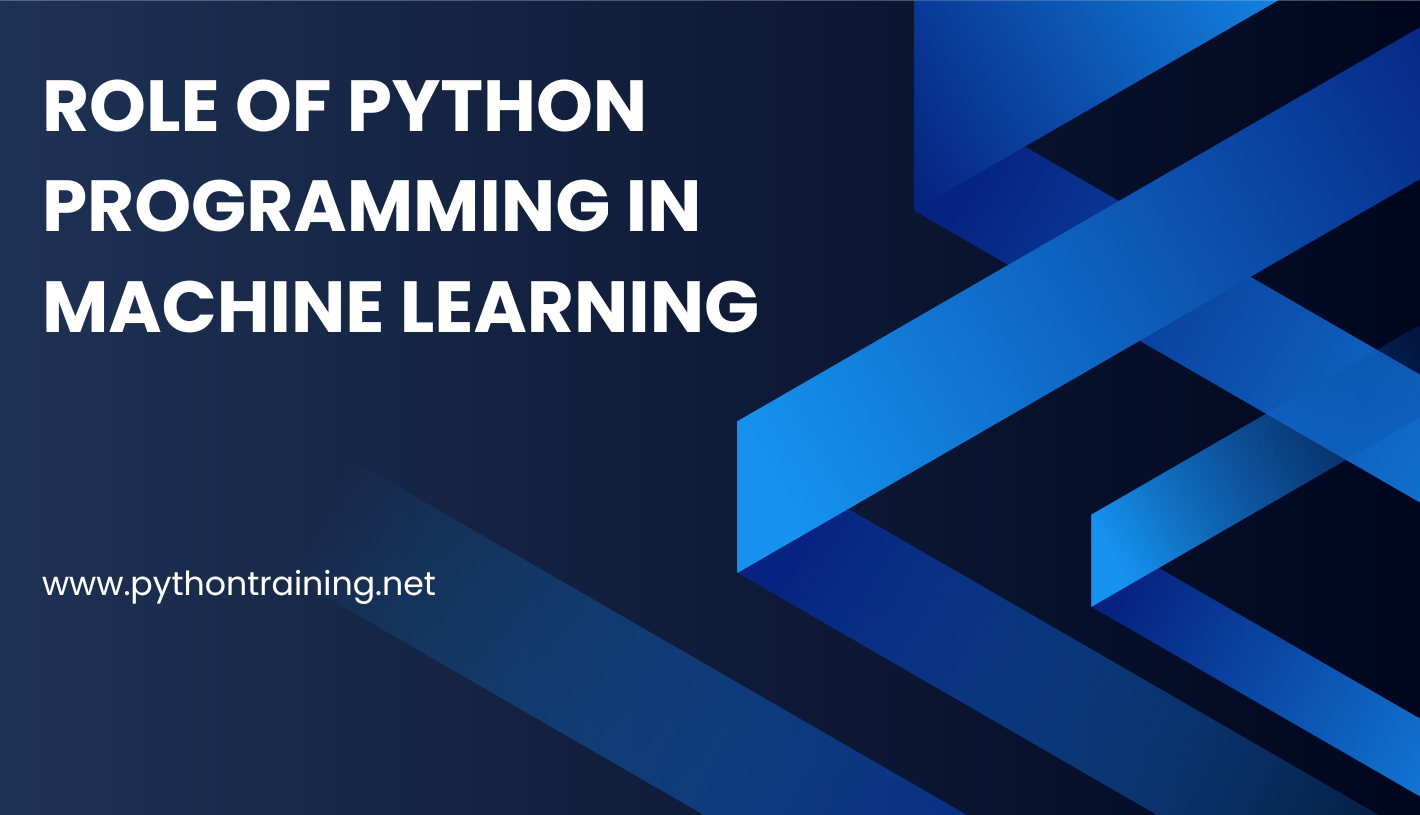Role of Python Programming in Machine Learning
What is Python?
Python is more than just a programming language—it’s an entire ecosystem and development process. This is precisely why it has become a go-to choice for data science and machine learning. Known for its flexibility, readability, and robust community support, Python plays a pivotal role in powering modern machine learning applications.
The Popularity of Python
Python has gained massive popularity across multiple domains—ranging from process automation and scripting to general-purpose applications and web development. However, it’s in the field of machine learning that Python truly shines.
One of the key reasons for its popularity is Python’s elegant, math-like syntax, which makes it intuitive and easy to understand. This simplicity allows developers and data scientists to translate complex mathematical ideas into code with minimal effort.
Python is also widely considered a beginner-friendly language, making it accessible to new programmers and appealing to professionals who value efficiency and readability. Many experts describe Python as having a great performance-to-complexity trade-off, giving it an edge in innovation and rapid development.
Python’s Machine Learning Ecosystem
Python boasts a rich ecosystem of libraries and frameworks that make it ideal for machine learning. Tools such as:
- NumPy – for numerical computing
- Pandas – for data manipulation
- Scikit-learn – for machine learning algorithms
- TensorFlow & PyTorch – for deep learning
- Matplotlib & Seaborn – for data visualization
These libraries streamline development and reduce the complexity involved in implementing machine learning models. Python’s versatility and accessibility make it an excellent alternative to languages with more complex or “cryptic” syntax, such as C, Java, or Perl.
Why Choose Python for Machine Learning?
Compared to other programming languages, Python is:
- Easy to learn and use
- Highly readable and maintainable
- Well-supported by a vast open-source community
- Backed by powerful libraries and tools
- Flexible for rapid prototyping and production-level implementation
Python allows for collaborative coding, making it ideal for projects involving multiple teams or contributors. Its simplicity and modularity also help reduce bugs and make debugging easier, critical factors in machine learning where trial and error are common.
Python Makes Programming Simple
One of Python’s biggest strengths lies in its simplicity. From the beginning, Python was designed to be easy to read and write. This becomes especially important in collaborative environments, where projects often change hands between different developers.
In machine learning, where solutions often involve complex logic and third-party components, Python’s clean syntax enables smoother transitions and faster comprehension.
Final Thoughts
Python’s simplicity, rich library ecosystem, and strong community support make it the top choice for machine learning and data science. Whether you’re building a predictive model or developing a neural network, Python has the tools, flexibility, and power to make it happen.
